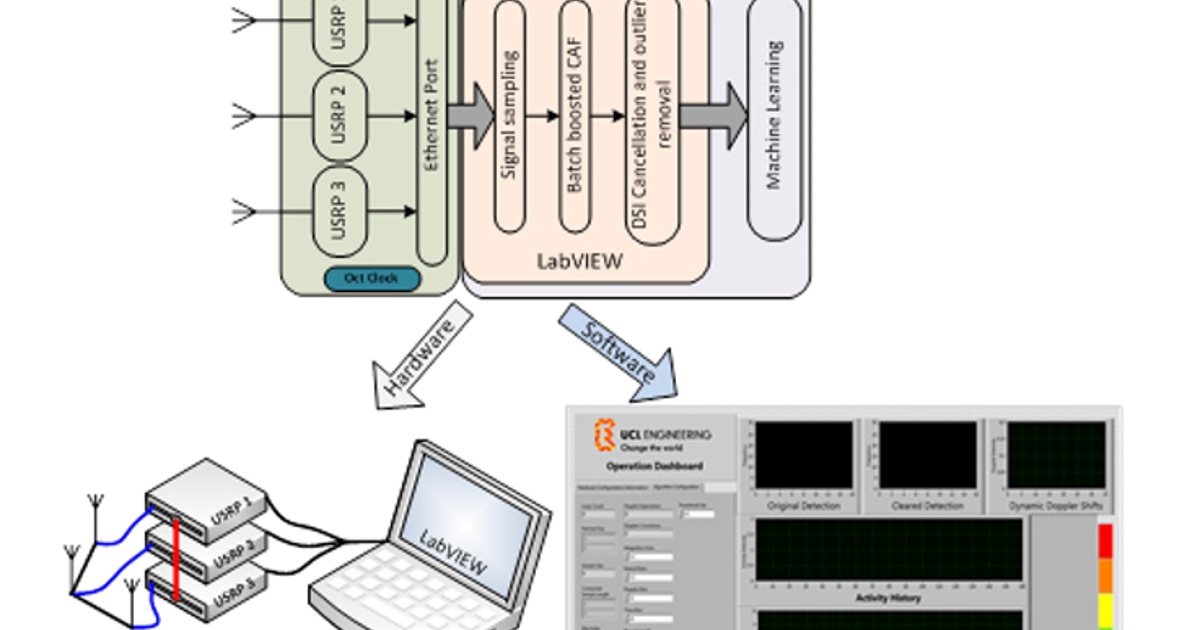
Machine learning and deep learning technologies are promising an end-to-end optimization of wireless networks while they commoditize PHY and signal-processing designs and help overcome RF complexities What happens when artificial intelligence (AI) technology arrives on wireless channels? For a start, AI promises to address the design complexity of radio frequency (RF) systems by employing powerful machine learning algorithms and significantly improving RF parameters such as channel bandwidth, antenna sensitivity and spectrum monitoring. So far, engineering efforts have been made for smartening individual components in wireless networks via technologies like cognitive radio.
However, these piecemeal optimizations targeted at applications such as spectrum monitoring have been labor intensive, and they entail efforts to hand-engineer feature extraction and selection that often take months to design and deploy. On the other hand, AI manifestations like machine learning and deep learning can invoke data analysis to train radio signal types in a few hours. For instance, a trained deep neural network takes a few milliseconds to perform signal detection and classification as compared to traditional methodologies based on the iterative and algorithmic signal search and signal detection and classification.
Source: ieee.org